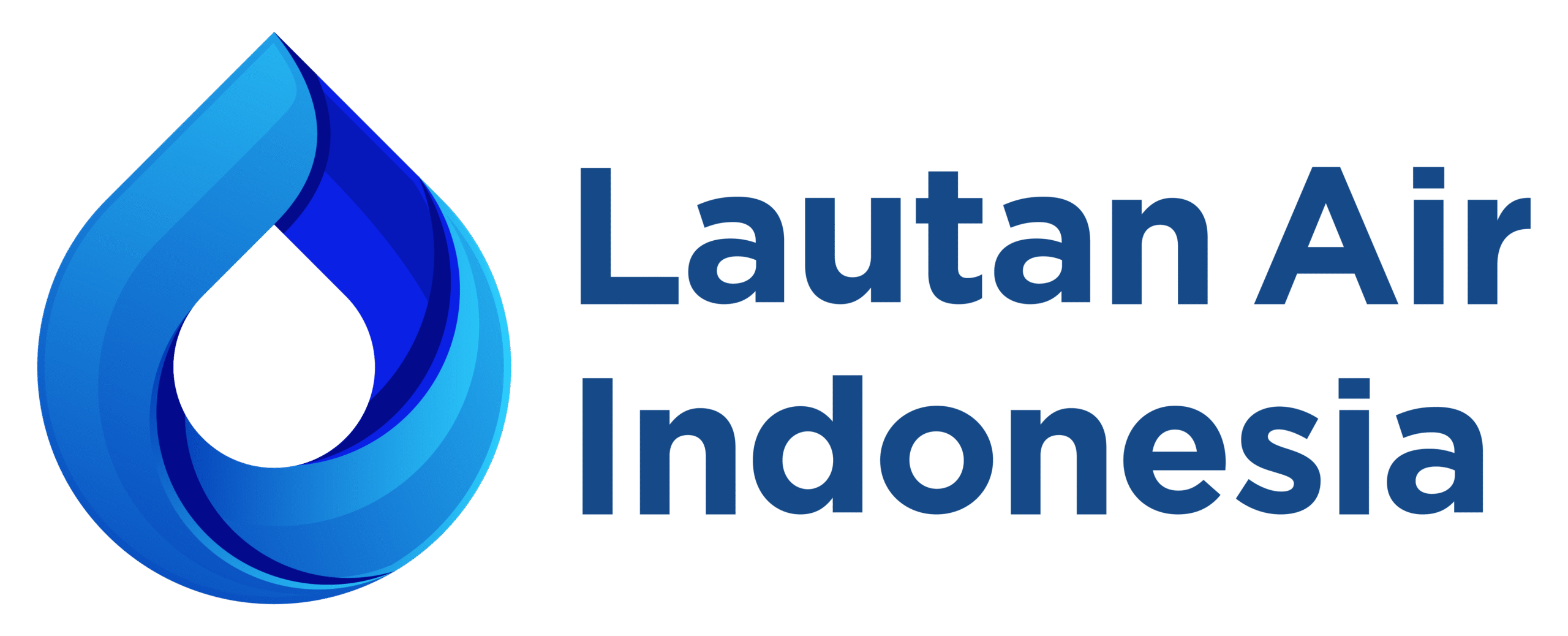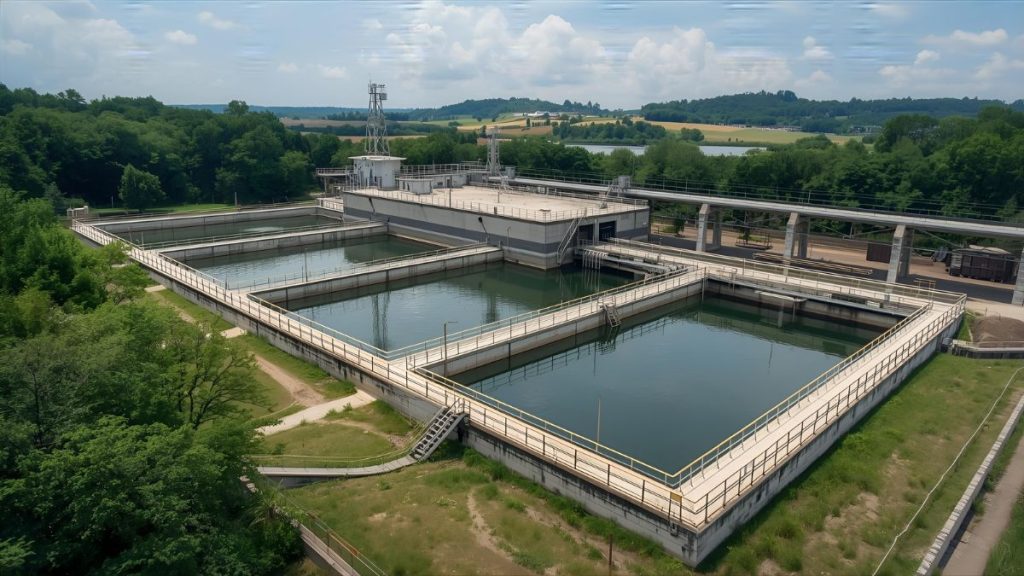Raw water treatment plays a crucial role in ensuring a reliable supply of clean, safe, and process-ready water for both industrial and domestic use. However, in practice, several obstacles often arise. The common problem in raw water treatment include inconsistent water quality, high turbidity, the presence of suspended solids, harmful chemicals, microorganisms, and operational issues that complicate the process. Each of these challenges requires the right approach to achieve optimal treatment results.
Common Problem in Raw Water Treatment
Before diving into each case, it’s important to understand that problems in raw water treatment can stem from the water source itself, from seasonal variations, or from the treatment technology and system design. The following are the most common issues encountered.
1. High Turbidity
Raw water frequently contains high turbidity caused by clay, silt, or organic particles carried from natural environments. High turbidity not only reduces water clarity but also interferes with filtration and reduces disinfection efficiency.
The standard treatment involves coagulation and flocculation using chemicals such as Poly Aluminium Chloride (PAC) or Aluminium Sulfate. These chemicals help bind small particles into larger flocs, which are easier to remove through sedimentation or clarifiers. This step is typically followed by deep filtration with sand or anthracite media to achieve clear water.
Read Also: What are the Impacts of High TSS and Turbidity in Raw Water?
2. Total Suspended Solids (TSS) and Natural Organics
In addition to turbidity, many raw water sources are rich in suspended solids and organic matter, such as leaves, humus, or algae. If untreated, these can clog filters, shorten equipment lifespan, and impart unwanted color to water.
Clarification and deep filtration are key processes for reducing TSS. To handle natural organics, activated carbon filters are widely used because they can absorb organic compounds while also improving taste and odor.
3. Harmful Chemicals and Heavy Metals
Some water sources contain hazardous substances such as iron, manganese, arsenic, or pesticide residues. Heavy metals, in particular, are not only harmful to human health but can also cause damage to pipes and processing equipment.
For heavy metals like iron and manganese, advanced catalytic filtration media can be applied, which oxidize and remove these contaminants effectively. For more complex or toxic substances, advanced processes like ion exchange or reverse osmosis (RO) provide reliable, precise results.
4. Pathogenic Microorganisms
Raw water can harbor harmful microorganisms, including bacteria, viruses, and protozoa. Without proper disinfection, microbial contamination can lead to severe health issues.
Disinfection technologies are essential:
- Chlorination (using chlorine or sodium hypochlorite) is a traditional method for bacterial inactivation.
- UV disinfection inactivates microbial DNA without introducing additional chemicals.
- Ozone disinfection offers high effectiveness in eliminating microorganisms while also reducing odor and taste issues.
Read Also: How to Reduce Organic Content in Raw Water
5. Seasonal Fluctuations and Inconsistent Quality
Surface water sources such as rivers and lakes are highly affected by seasonal changes. During rainy seasons, turbidity and organic matter increase, while in dry seasons, mineral concentrations often rise. This inconsistency makes stable treatment performance challenging.
Water treatment systems should be designed with high flexibility to adapt to changes in raw water quality. Real-time monitoring with controllers and IoT-based systems also enables automatic adjustments, ensuring consistent treatment results.
6. Odor and Color Problems
Certain raw water sources contain natural compounds that cause unpleasant odor (earthy or fishy smells), and a brownish color from humic substances. While not always toxic, these issues reduce water acceptability.
This is typically managed through activated carbon filtration or ozonation. Activated carbon adsorbs odor- and taste-causing compounds, while ozone oxidizes organic materials that create these problems.
Read Also: Dealing with Bad Odors in Raw Water: Challenges and Solutions
7. Scaling and Corrosion in Systems
Water with high levels of calcium, magnesium, or sulfates often causes scaling, forming hard deposits inside pipes and equipment. On the other hand, aggressive water with low pH or corrosive ions can lead to corrosion, damaging infrastructure.
Scaling is prevented through softening with ion exchange resins or the use of antiscalant chemicals. While corrosion can be controlled by pH adjustment and proper selection of corrosion inhibitors, along with the use of resistant materials for equipment.
8. Operational and Maintenance Challenges
Beyond water quality, another common issue is the complexity of operating and maintaining treatment systems. High energy consumption, chemical usage, and frequent maintenance needs can increase operating costs and risk of system downtime.
Implementing integrated operation & maintenance (O&M) services is key. Regular monitoring, correct chemical usage, and trained operators ensure system reliability. Many companies today partner with water treatment providers who manage O&M comprehensively, enabling customers to focus on their core operations while ensuring water treatment remains efficient.
Conclusion
Addressing the common problem in raw water treatment requires in-depth knowledge of source water characteristics, correct technology selection, and continuous operational support. From turbidity to scaling, and from microbial risks to seasonal variations, each challenge has its own tailored solution, whether through coagulation, filtration, disinfection, or advanced processes like ion exchange and reverse osmosis.
With more than four decades of experience, Lautan Air Indonesia is ready to support industries, municipalities, and communities in solving these challenges. We provide complete solutions including:
- Water treatment chemicals (coagulants, flocculants, disinfectants, pH adjusters, antiscalants)
- Equipment and filtration systems (clarifiers, deep filtration, activated carbon, DMI-65, ion exchange, reverse osmosis, UV, ozone)
- Controllers and IoT for real-time monitoring
- Laboratory testing services for water quality analysis
- Comprehensive operation & maintenance (O&M) services
No matter the complexity of your raw water challenges, Lautan Air Indonesia can help you achieve safe, efficient, and sustainable water treatment. Contact us today to discover how our expertise and integrated services can ensure the best water solution for your needs.



